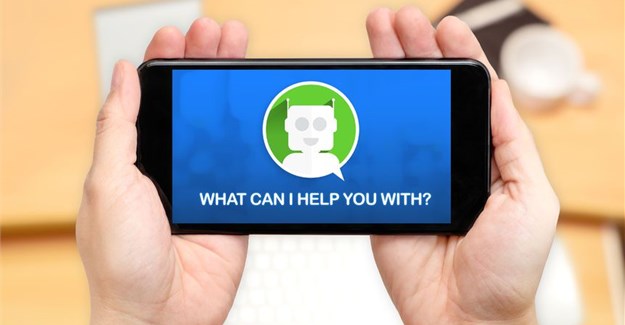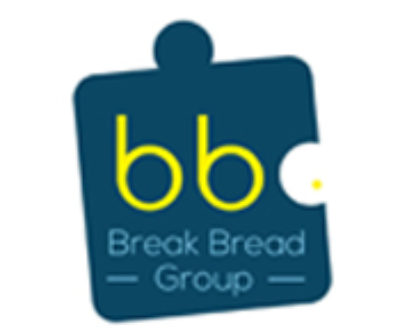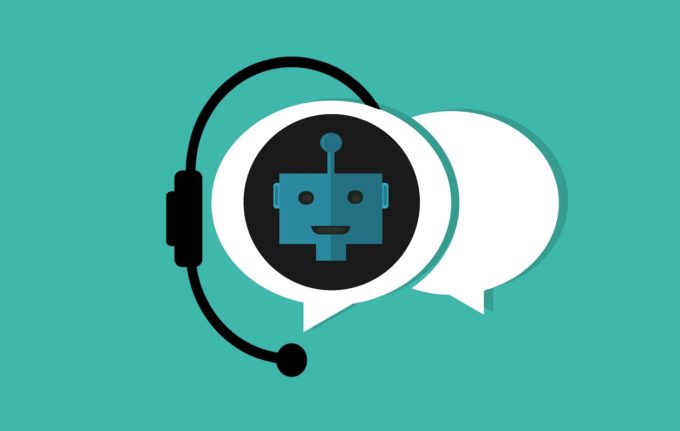2 JUL 2019 | BY: KEENAN BOUWER
Over the past few months, I have visited countless local websites that are implementing chats as a means to generate their leads. This is great when done correctly, but sadly in most cases, the apple seems to have fallen very far from the tree. It is almost as if someone saw that something like this could be implemented or were told to implement it with no clear thought or strategy behind it. Just a simple ‘This is new, put it up, it increases leads, see you later.’

With this wishy-washy way of implementation, what could be a very powerful and useful tool for a business and a great experience for a user has often become a failure for a business and a laughable irritation for a user.
First do I say this can be a powerful tool? Well after attending a talk on exactly this just the other day there were a couple of eye-opening stats provided.
- Clients from across the board in the speakers portfolio found that people were 38% more likely to buy off of a site that implemented a chat successfully
- It helped to increase loyalty by 79%
- Chats have become the new norm for consumer engagement internationally
- Over 55% of people preferred messaging as a communication medium.
Now the question any good marketer will ask is why. Why have the majority of local sites not implemented chats correctly, I have a number of main reasons that may be the cause.
The first reason is that the people implementing the chat are often not familiar with conversational marketing and often times the companies are not focusing on conversation or inbound marketing and therefore their internal strategies do not align with the purpose of a chat.
The second reason is that many businesses do not do the necessary research on their audiences before implementing a chat feature. This will cause havoc for both live chats and chatbots as you will not know how to cater to the audience’s needs.
Do you really know enough FAQs to answer your audience concisely on a chatbot? I met a gentleman who just the other day asked an established bank’s chatbot how he could get a bank statement and the bot came up with an error message saying that a customer service employee would get back to him in the next 24 hours, does that sound efficient to you?
The previous reason leads on to the third and that is that many of these businesses just end up putting a regular salesperson on the other side of the chat to drive a sale using their salesy ‘jargon’ because they know the audience right? It is just a sale, right? Wrong. Your team behind the chat needs to be experienced and trained in how to operate the chat.
The fourth reason is that those building the backend user journey steps for the bots (yes that is supposed to be done) are not experienced enough on how to do it and/or have not been given the information they need to complete the process in a successful and meaningful manner.
Lastly, although touched on in the first reason, is that conversational and inbound marketing is essential for making use of a chat on your website. If your game is the hard sell, a chat is not the answer to increasing leads and sales, your goal with the chat is to build a loyal relationship with the consumer that will lead to future purchases.
To drive my point home I was recently contacted by a digital marketing manager from a business with whom I had worked with in the past, asking me about some of the best practices when implementing a chatbot. After a few minutes of conversation, I came to realise that they had been thrown in the deep end by their manager who had heard of the conversion quality from chatbots (being good) and decided that it needed to be implemented on their website.
This led to what should be basic knowledge of chatbots such as having them built for only the most viewed pages, providing specific content for these pages on the bot and not asking for contact details straight away, becoming a WOW factor for this marketing manager. Now kudos to him, because unlike many he took the time to ask and understand, where most business analysts I have worked with have not.
Conversational marketing
Now that we understand the main reasons as to why the majority of websites in SA are failing to equip their business with a successful chat function we can get down to how we can solve it.
Businesses in South Africa or South African-led businesses need to understand that inbound marketing is the way forward when it comes to digital, and often I realise that this is not the case. We tend to be a bit behind global trends and what is trending at the moment is conversational marketing.
So what does this mean? It means that businesses need to create a dialogue with their audiences, there is too much competition nowadays to only think about the first purchase and not the repeat business or loyalty, and like any relationship that is garnered through conversation.
But to start the conversation you also need to get to know the audience that fits with your brand. Like any person a brand has a type, you are not going to walk into a bar and pick up the first person you see, that’s creepy, you are going to find the person that you feel suits you and go strike up a conversation and see where it leads.
In the same breath when someone walks up to you, very seldom do they ask for your name and email address straight away (if they do what is your usual reaction?) and the same should be implemented with a chat.
So the first place you can implement conversational marketing is by not asking for a full name and email address straight away when the person opens the chat, but rather say ‘Hey, we notice you are looking at our coffee, are you a caffeine freak like us? We can tell you anything about it, how can we help?’. This opens the conversation and stays relevant to the page. Believe it or not, 90% of the local websites I have visited do not do this.
So make sure that your team behind the curtains understands and is trained in how to do this, otherwise employ a marketing company to train them in how best to practice inbound marketing, especially in digital.
Live chats and chatbots
To stay away from all the issues listed above, you also need to understand the function of a chat and the types of chats that you get. Live chats use humans on the other end while chatbots are exactly what their name indicates, they are a bot.
Live chats
If implemented correctly live chats have the opportunity to become your most powerful online sales tool, with this feature being known to improve team efficiency and decrease costs. It also allows you to have direct contact with a buyer of high intent to purchase, which is every business’ dream.
How does it improve team efficiency?
- Experienced employees can handle between 4 to 5 chats at a time
- It allows for easy to access logs and historical data
- You can implement prepared responses
- Instant and minimises call time
- Can route people to the right channels immediately
Live chats will fail if your behind-the-scenes team is not trained in inbound marketing and are only focused on the sale.
Chatbots
There are two types of chatbots and they are pre-quality leads chatbots and market connecting quality lead chatbots.
The pre-quality lead chatbots are simply there to route leads, save time and save the leads contact information. I know what you are thinking and no you cannot just plop a bot on the page and fulfil these roles. You still need to follow the principles of conversational marketing.
The second of the two types of chatbots are for your higher intent visitor and are used for bookings and sales.
Unfortunately, in South Africa, this leads businesses to think the option of the bot is better and easier, what they tend to not understand is that these bots will and should involve very intense automation that supplies a favourable user experience.
Some best practices for a bot include;
- Letting people know it is a bot to manage expectations
- Giving your bot a personality
- Adding it only to specific pages and not across the board
- Making the bot relevant to the page it is implemented on
Chats moving forward
There was a very interesting question in the aforementioned discussion I went to the other day which I thought the speaker answered quite nicely. The question was “Do you think it is worth implementing a chat now only and for how long do you believe that they will be the powerful tool they are today, because digital keeps evolving?” and the speakers answer was along the lines of who knows how long this tool will be around for, no one can predict that, but are you willing to pass off a powerful sales tool for your business because you have not yet implemented it?
In my opinion, chats will be here for a while, globally they are growing and I know many tech companies that are seeing a big opportunity in their development and growth. I don’t believe they will always be used the way they are now and may look different, but I believe they have changed the game in instant gratification through online purchasing, the same way that WhatsApp that has changed the mobile messaging game.
This article was repurposed from Bizcommunity on 03 July 2019.

